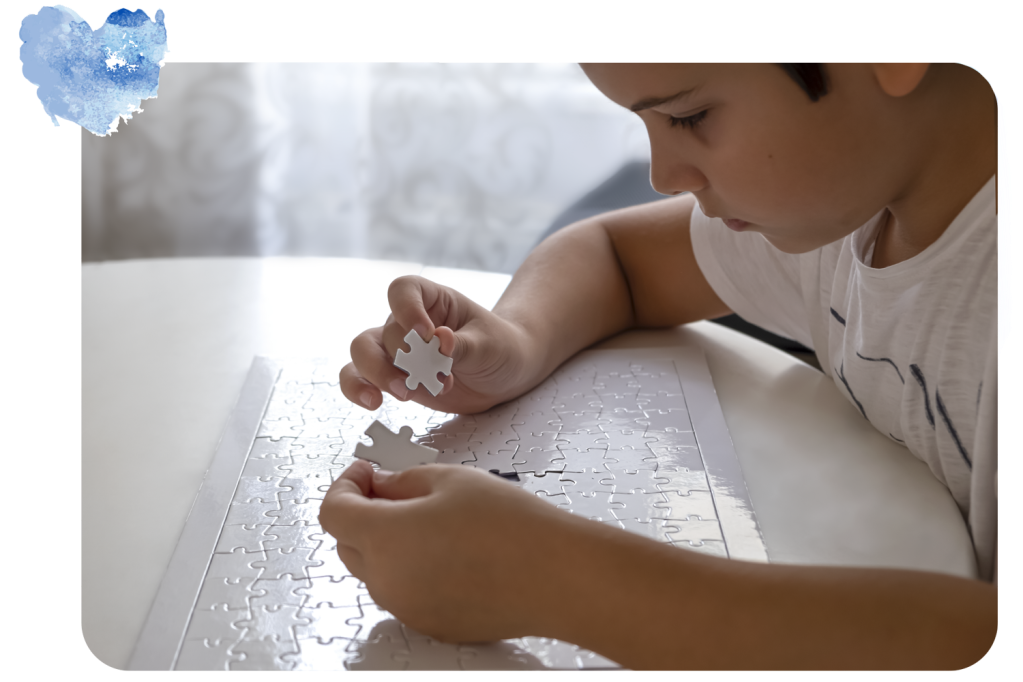Summary: In this blog post, we will discuss the treatment guidelines for PANS and PANDAS to help parents and caregivers better understand how they can help their loved ones recover from these debilitating illnesses. So grab a cup of coffee, sit back, relax, and let’s dive into the world of PANS and PANDAS treatment!
Have you ever heard of PANS and PANDAS? These are two medical conditions that have gained attention in recent years due to their devastating effects on children’s health. If you or someone you know has been diagnosed with these disorders, it is essential to stay informed about the latest advances in diagnosis and management.
What are PANS and PANDAS?
PANS and PANDAS treatment guidelines are two related disorders that can cause serious neurological problems in children. PANS is short for Pediatric Acute-onset Neuropsychiatric Syndrome, while PANDAS stands for Pediatric Autoimmune Neuropsychiatric Disorder Associated with Streptococcal infections. Both disorders are thought to be caused by an abnormal immune response to infection, resulting in inflammation of the brain.
Symptoms of PANS and PANDAS can include sudden onset of obsessive-compulsive disorder (OCD), tics, anxiety, mood swings, irritability, aggression, sleep disturbances, and difficulty concentrating. In some cases, children may also experience sensory issues such as a dislike of certain textures or sounds, or visual hallucinations. These symptoms can be very disruptive to a child’s life and can interfere with school, social activities, and family life.
While there is no cure for PANS or PANDAS, early diagnosis and treatment is essential to managing the symptoms and preventing long-term damage. Treatment typically involves a combination of medication (such as antibiotics or immunotherapy) and behavioral therapy. With proper treatment, most children with PANS or PANDAS can lead normal, healthy lives.
What are the latest advances in diagnosis and management of PANS and PANDAS?
The most recent advances in the diagnosis and management of PANS and PANDAS have been in the area of neuropsychiatric testing and treatment. Neuropsychiatric testing can be used to identify the presence of specific psychiatric symptoms in patients with PANS and PANDAS, and to determine the best course of treatment. Neurodevelopmental disorders and treatment typically includes a combination of medications, therapy, and coping strategies. The latest advances in medication treatment include the use of anti-inflammatory medications, immunomodulatory medications, and antibiotics. Therapy for PANS and PANDAS often focuses on helping the patient cope with anxiety, OCD, and other neuropsychiatric symptoms.
What are the treatment options for PANS and PANDAS?
There is currently no cure for PANS or PANDAS, but there are treatments that can lessen the symptoms and improve quality of life. The most common treatment is a combination of antibiotics and anti-inflammatory medications. Antibiotics are used to treat the underlying infection, while anti-inflammatory medications help to reduce inflammation in the brain. Other treatments include cognitive behavioral therapy, specialized diets, and supplements.
In some cases, children may be prescribed medications such as steroids or antidepressants to help manage the symptoms. Additionally, parents may find it helpful to seek out support from a mental health provider to help their child cope with the condition and its associated symptoms.
How can families cope with PANS and PANDAS?
Families who suspect that their child may have PANS or PANDAS should speak with their pediatrician. While there is no one-size-fits-all approach to managing these conditions, there are some general guidelines that can help families cope.
First, it is important to get an accurate diagnosis. This can be a challenge, as both conditions share similar symptoms. However, there are some key differences between the two disorders. For example, PANS usually involves a sudden onset of symptoms, while PANDAS tends to develop gradually. In addition, PANS may be triggered by an infection or another medical condition, while PANDAS is thought to be caused by an autoimmune reaction to strep throat.
Once a diagnosis has been made, treatment can begin. Both conditions are typically treated with antibiotics and anti-inflammatory medications. In some cases, intramuscular injections of immunoglobulin (IVIG) may also be recommended. IVIG can help reduce the severity of symptoms and improve quality of life for both children and families coping with these conditions.
The good news is that most children with mentoring program for health coaches make a full recovery with proper treatment. However, it is important to work closely with your child’s medical team to ensure that they receive the best possible care.
Conclusion
PANS and PANDAS are very complex conditions for which there is still much to learn. Despite the lack of definitive treatments, however, the latest advances in diagnosis and management have provided a clear framework for clinicians to work from when caring for children with these conditions. By understanding the symptoms, researching diagnostic criteria, and following treatment guidelines closely, it is possible to provide effective care for those affected by PANS or PANDAS and offer them an improved quality of life.
